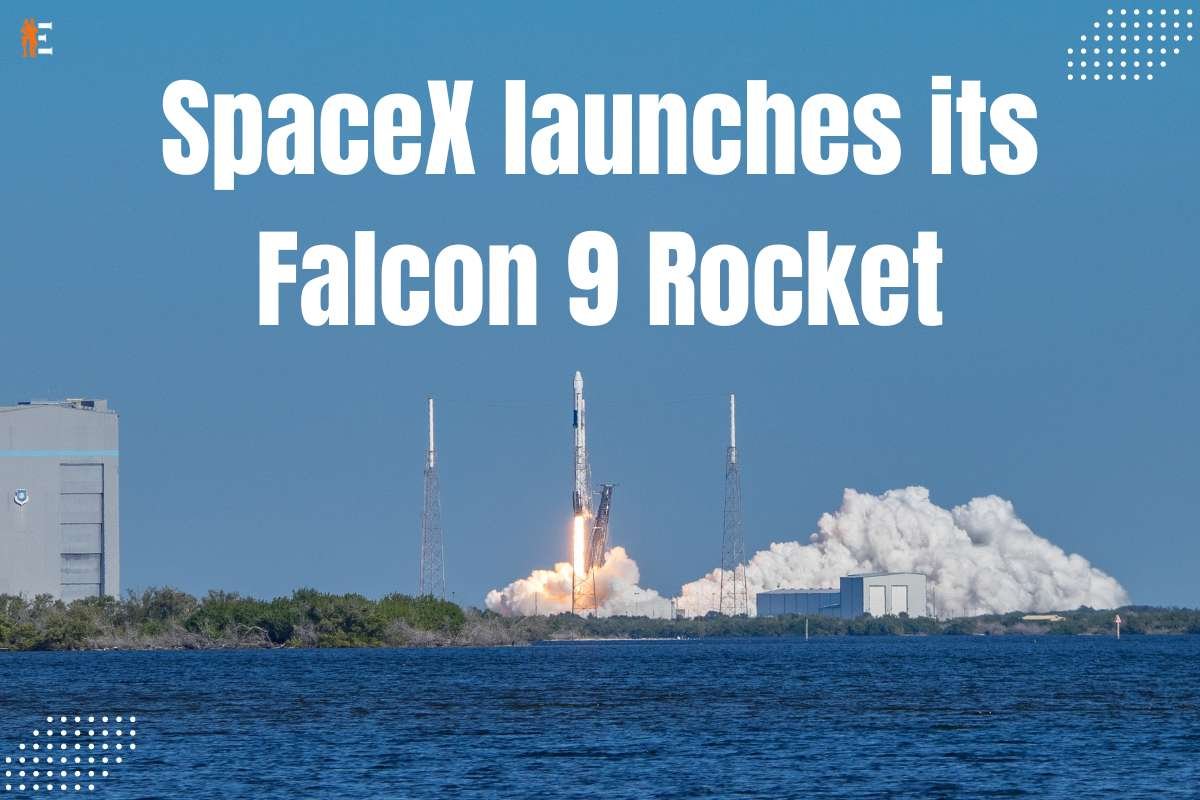The centrepiece of a nearly $550 million effort to bring internet connection to rural Indonesia was sent into space on Father’s Day by a SpaceX Falcon 9 rocket from Cape Canaveral. The SATRIA satellite, weighing 4.6 metric tonnes (10,100 pounds), was launched from Cape Canaveral Space Force Station’s pad 40 at 6:21 p.m. EDT (22:21 UTC) on Sunday.
Details of the Launch
In the final seconds of the countdown, the Falcon 9 rocket fired up its nine kerosene-fueled Merlin engines, and hold-down clamps released to let the 229-foot-tall (70-meter) rocket rise away from pad 40. A short while later, the Falcon 9 roared into a mostly sunny late afternoon sky after steering on a trajectory directly east from Cape Canaveral.
The rocket’s reusable first stage returned to Earth and touched down on a drone ship in the Atlantic Ocean 420 miles (680 km) away. The SATRIA spacecraft was launched into an elliptical “super synchronous” transfer orbit that is hundreds of miles above Earth by the upper stage of the Falcon 9 rocket, which fired its engine twice. With the final impulse from the upper stage engine, the Falcon 9 Rocket reached a top speed of 21,725 mph (34,963 kph), according to a telemetry readout on SpaceX’s live webcast of the operation.
Almost 37 minutes after takeoff, the upper stage successfully deployed the SATRIA satellite. Teams on the ground were waiting for the SATRIA spacecraft’s initial signals. In order to recharge its batteries, this will unfold its solar panels. It will then use electric thrusters to manoeuvre into a circular geostationary orbit over the equator.
Watch live as a SpaceX Falcon 9 rocket launches 53 Starlink satellites
The SATRIA Satellite
The SATRIA satellite will enter an orbit around the Earth at 146 degrees east longitude over the course of many months using ion engines. From there, the satellite will rotate at the same rate as the Earth, providing it a fixed coverage area across the Asia-Pacific region. The satellite will activate its communications payload, which consists of 116 Ka-band spot beams, and open three antenna reflectors.
When it starts operating around November, the SATRIA satellite will offer global connectivity at a rate of roughly 150 gigabits per second. The satellite known as SATRIA, or Satellite of Republic of Indonesia, will be run by Satelit Nusantara Tiga, a division of PT Pasifik Satelit Nusantara, or PSN, an Indonesian satellite provider.
In rural locations without access to terrestrial fibre connections, SATRIA will deliver internet service to hospitals, schools, and government facilities during the course of its 15-year operational life. With about 6,000 inhabited islands, Indonesia is the fourth most populous country in the world, which makes it more difficult to develop a national infrastructure for internet connectivity.











